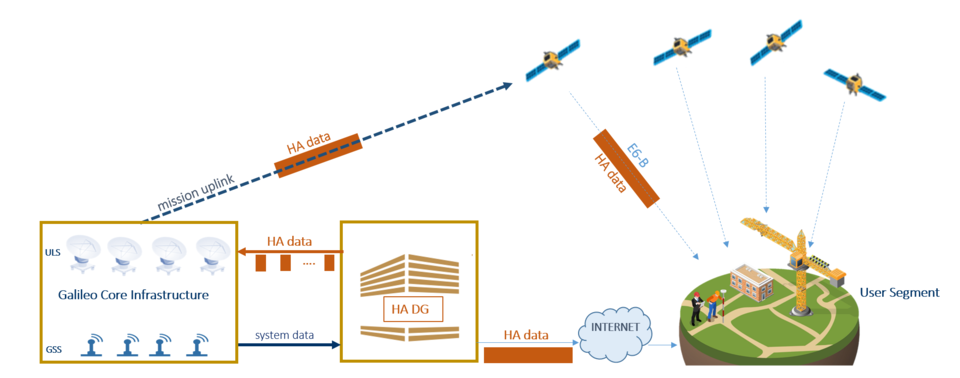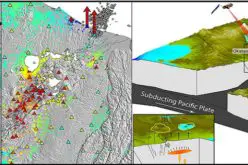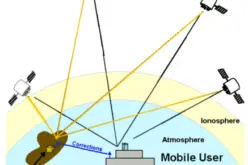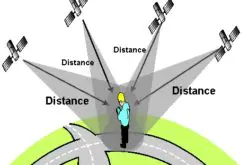Galileo, the Global Navigation Satellite System (GNSS) of the European Union, starts providing it’s High Accuracy Service. Galileo is now the world’s first Global Navigation Satellite System (GNSS) to provide free, high-accuracy Precise Point Positioning (PPP) corrections via the Galileo signal in space (E6-B) and the internet.
Users will be able to increase the accuracy associated with the orbit, clocks, and biases provided by the Galileo Open Service broadcast navigation messages and the GPS Standard Positioning Service navigation data thanks to the precise corrections offered by the Galileo High Accuracy Service.
When processed by a suitable algorithm in the users’ receivers tracking the Galileo E6-B signal, these adjustments enable the computing of a high-accuracy positioning solution in real-time. The typical accuracy is below a few decimetres (25cm horizontal) in nominal conditions of operation.
Read more about other Precise Point Positioning (PPP) correction services
It is important to note that the new High Accuracy Service (HAS) correction message is embedded within the Galileo signal’s ‘E6’ band, which is normally not accessible via cellphones or other mass-market items, but only through high-end receivers.
This message, however, is also being made available via the internet, raising the likelihood of wider adoption by connected devices and its evolution into an Open Service standard in the coming years.
The new HAS improves on this performance by utilising a High Accuracy Data Generator headquartered at the Galileo Control Centre in Fucino, Italy, which generates additional corrections for both Galileo and US GPS satellites. These corrections are subsequently transmitted in real time to compatible receivers through the Galileo satellite signal, which is compiled into a single message of 448 bits per second, a unique capacity of the carefully developed Galileo signal format.

The main characteristics of the Galileo High Accuracy Service (HAS) are:
- HAS corrections: high accuracy corrections are composed by orbits, clocks, code and phase biases per each satellite. The HAS full service will include atmospheric corrections too.
- Accessible: high accuracy corrections will be accessible through two dissemination channels: E6-B Signal in Space (SiS) and a terrestrial link, which provides an alternate source to the SiS through the Internet.
- Multi-constellation and multi-frequency: high accuracy corrections are computed for Galileo E1/E5a/E5b/E6; E5 AltBOC and GPS L1/L5; L2C.
- Open format: high accuracy corrections follow a similar format to Compact-State Space Representation (CSSR).
Two service levels are defined for the provision of high-accuracy PPP corrections:
Service Level 1 (already available) corrects satellite orbit and clock inaccuracies, as well as internal signal ‘biases’ specific to each satellite in the constellation, which, once identified, can enable even better precision through direct signal phase comparisons.
Service Level 2, intended for rollout across Europe, will combine these with additional ionospheric corrections, made possible by the use of additional ground stations for which ESA is preparing the needed infrastructure upgrades.

Also Read –
What is Virtual Reference Station?











